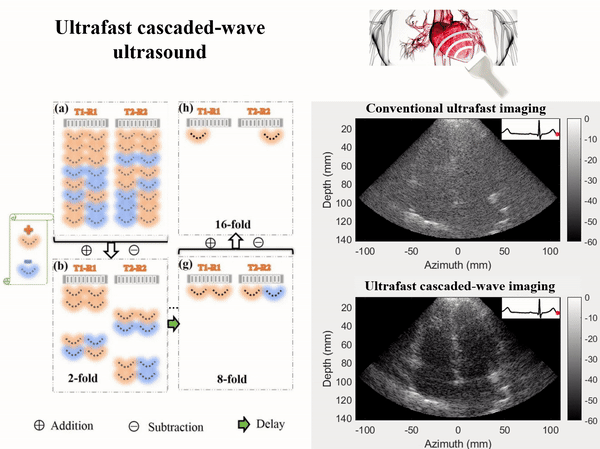Published
Imaging heart dynamics with ultrafast cascaded-wave ultrasound
IEEE Transactions on Ultrason. Frerroelectr. Freq. Control, 2019
Y. Zhang, et al., W.-N. Lee*.
The heart is an organ with highly dynamic complexity, including cyclic fast electrical activation, muscle kinematics, and blood dynamics....
View Paper →









